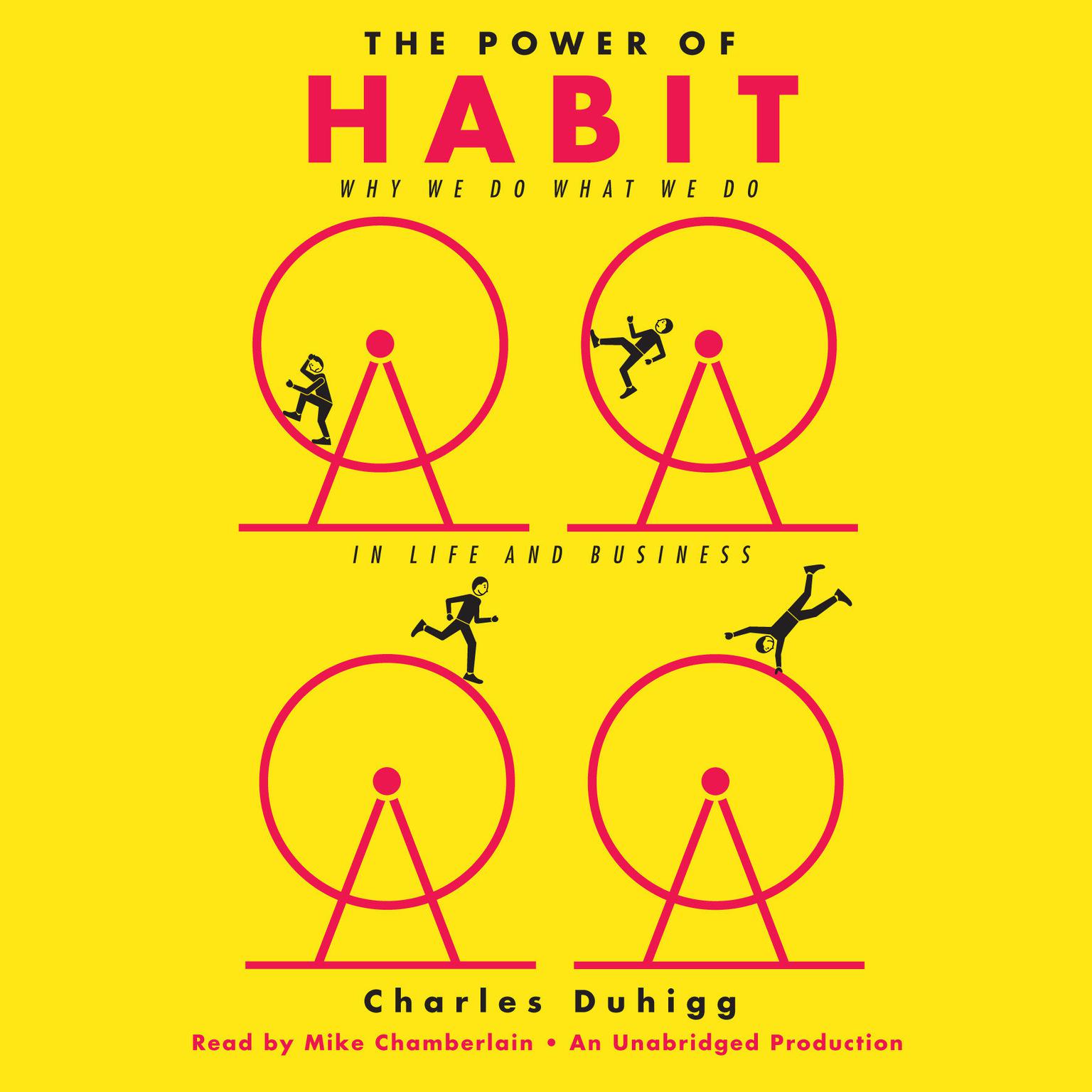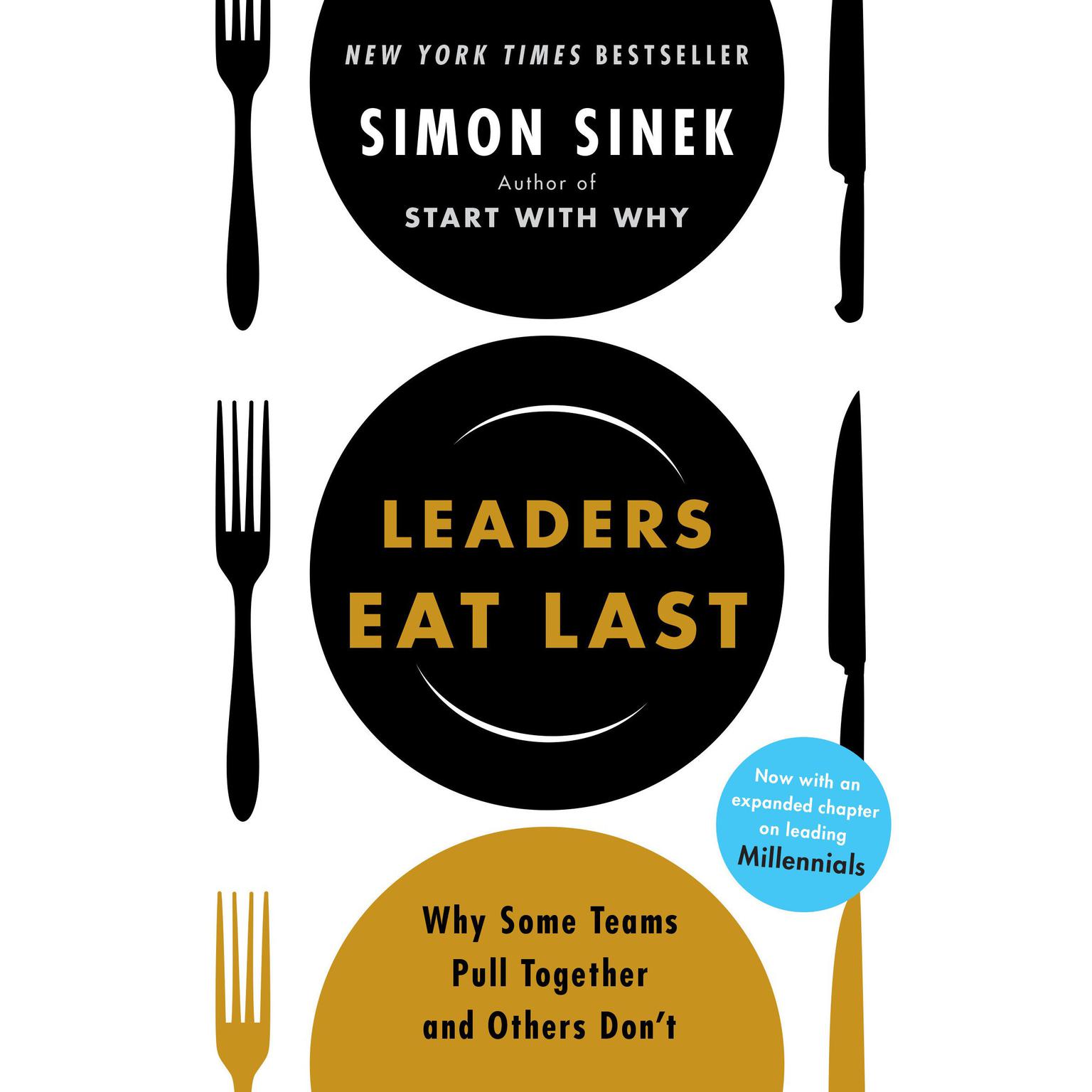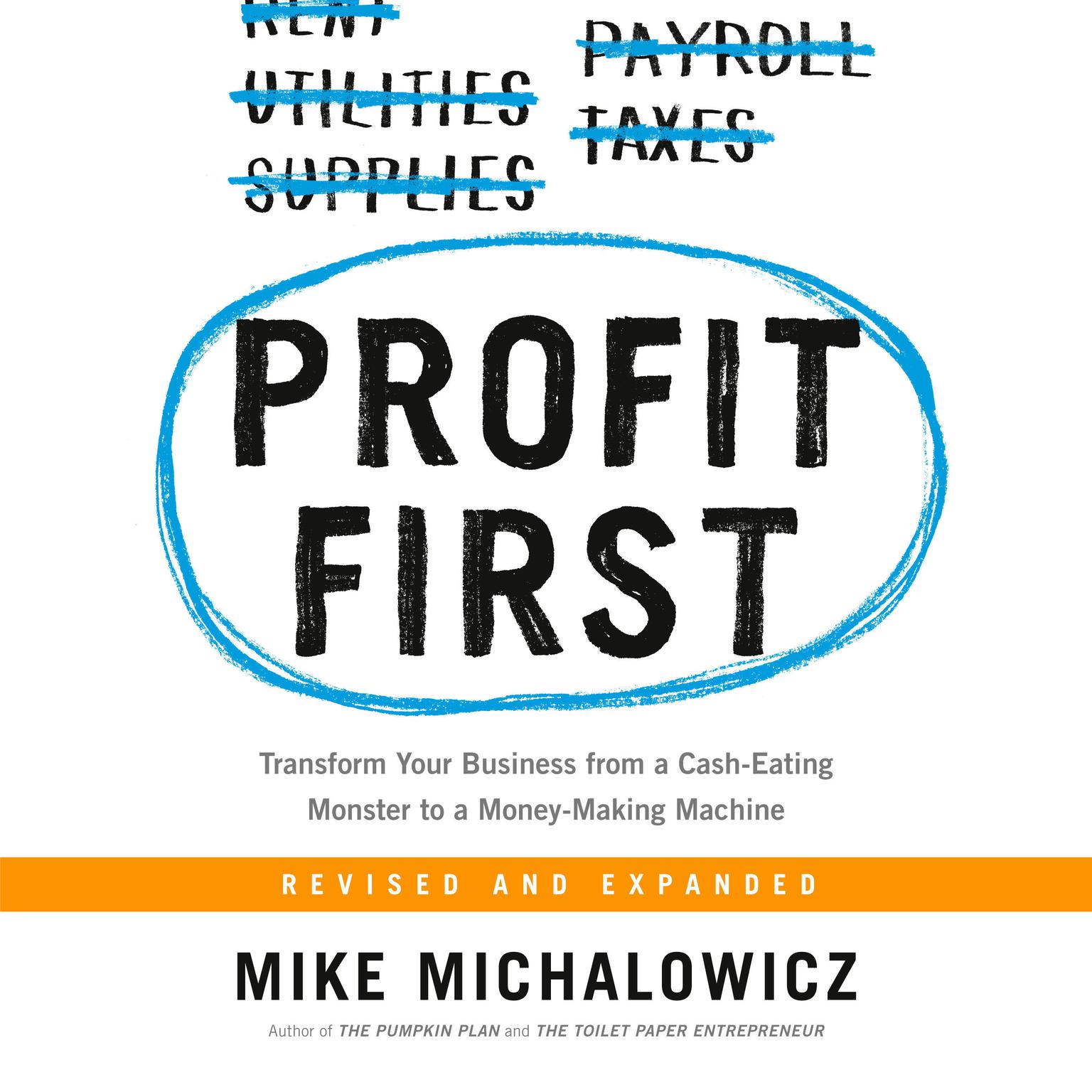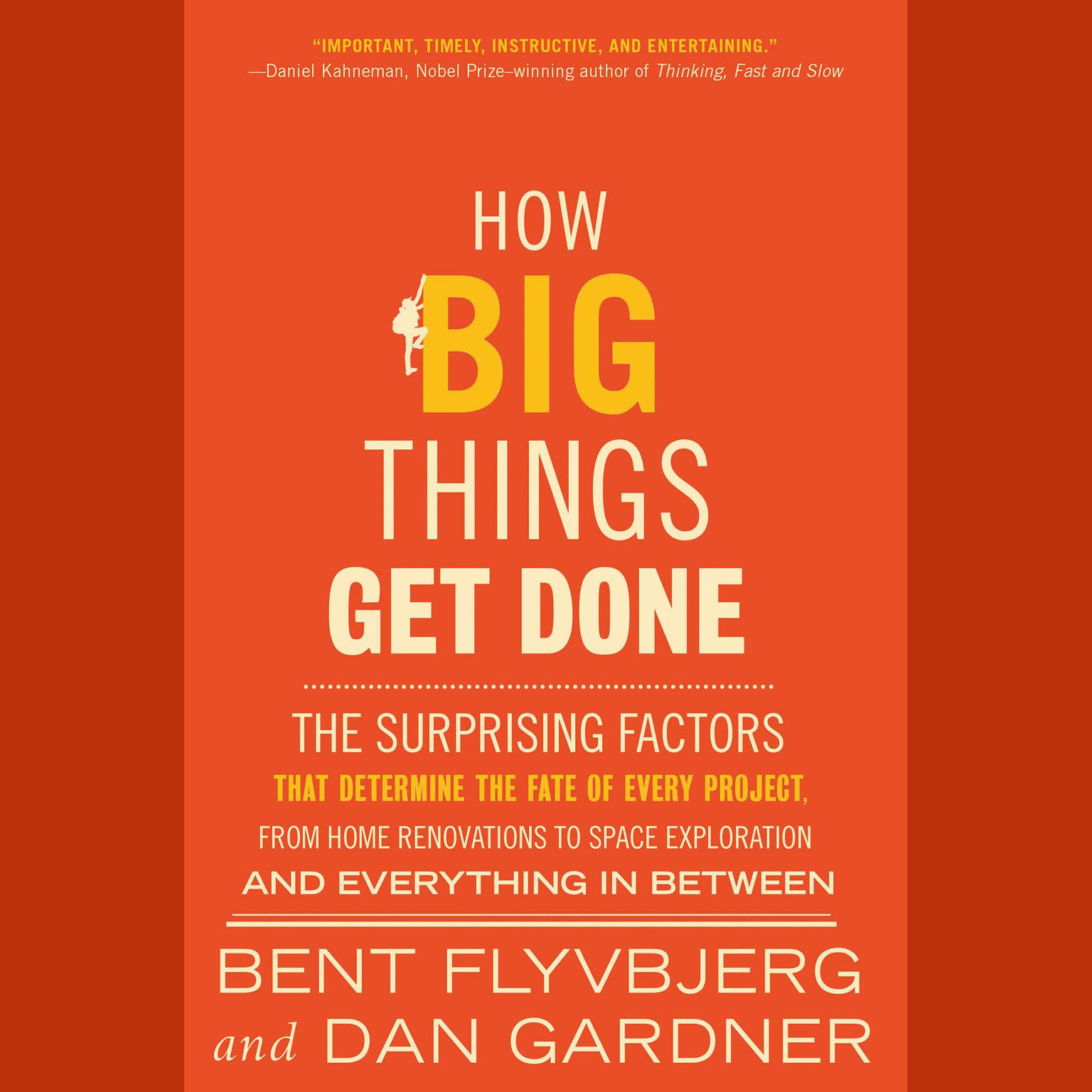Publisher Description
Leonard Mlodinow, the best-selling author of The Drunkard’s Walk and coauthor of The Grand Design (with Stephen Hawking), gives us a startling and eye-opening examination of how the unconscious mind shapes our experience of the world and how, for instance, we often misperceive our relationships with family, friends, and business associates, misunderstand the reasons for our investment decisions, and misremember important events.
Your preference in politicians, the amount you tip your waiter—all judgments and perceptions reflect the workings of our mind on two levels: the conscious, of which we are aware, and the unconscious, which is hidden from us. The latter has long been the subject of speculation, but over the past two decades researchers have developed remarkable new tools for probing the hidden, or subliminal, workings of the mind. The result of this explosion of research is a new science of the unconscious and a sea change in our understanding of how the subliminal mind affects the way we live.
Employing his trademark wit and lucid, accessible explanations of the most obscure scientific subjects, Leonard Mlodinow takes us on a tour of this research, unraveling the complexities of the subliminal self and increasing our understanding of how the human mind works and how we interact with friends, strangers, spouses, and coworkers. In the process he changes our view of ourselves and the world around us.
Includes a bonus PDF of diagrams and illustrations from the book
Download and start listening now!
“This book contains many interesting tidbits. Technology today, such as through the fMRI, allows scientists to draw a picture of what your mind is visualizing by combining inputs from different parts of the brain – both the conscious and the unconscious. The unconscious mind is so strong that it allows a blind man to detect moods of people’s faces more often than not. Yet, the unconscious is imperfect, as shown in the use of identifications in law. Many people pick innocents in lineups even when police have stacked it with officers and random people, and the chooser has been advised of his/her right to pick no one. Yet, many courts do not allow scientific evidence about the unreliability of identifications on the theory that such testimony is too complex. Other courts do not allow scientific evidence about the unreliability of identifications on the theory that it is too simple. These exclusions occur despite the fact that most jurisdictions only look at general scientific acceptance of an idea as one factor in weighing whether to allow expert testimony (thus potentially opening the door for novel expert testimony on the unreliability of identifications, even if this idea hasn’t gained general acceptance yet). The “it’s too complex” and “it’s too simple” explanations given by judges (who decide whether or not to admit expert testimony on matters that they think the jury will need help with) may be guises used to make conservative decisions that won’t be overtuned by higher courts. Yet, these judges must also weigh the danger of convicting the innocent based on faulty identifications. Congressional action may be necessary to reform the use of identifications in criminal law.
In another example of the law setting barriers to justice, people alleging racial discrimination must allege not only that they were treated differently, but that the discrimination was purposeful. But if people and institutions subconsciously favor one race over another, and there is no redress for that discrimination absent showing purpose, we cannot move forward into a more just society. If the counter-argument is that the law does not play favorites, and that where there is historical discrimination legislatures can devise remedies to counter the problem, remember that courts have been chipping away at legislatures’ freedom to enact remedial change. For example, the Supreme Court disallows the affirmative action remedy of quotas that was used by some colleges to admit students of a particular race. Now, race can only be considered as a plus factor in a pool of many factors for admission, and the trend is to eliminate affirmative action all together. Also, even if one allows the proposition that the law does not discriminate, those who apply the law may still discriminate – consciously or unconsciously. For example, in New York City’s program of performing greater stops and frisks of civilians, the statistics show that the people who were stopped and frisked were lopsidedly black and Hispanic even though the law has safeguards to prevent this type of result – namely that there must be reasonable suspicion that the person has committed or is commiting a crime in order to stop them and reasonable suspicion that they are armed in order to perform a protective frisk of the outer clothing. The safeguards don’t seem to be doing the job.
While I found the discussion on identifications new, there are other studies mentioned in Subliminal that have already received wide attention in other behavioral psychology books. For example, the author details the study about those at a college campus talking to a stranger and then momentarily being obstructed during the conversation by some passing object, only to fail to realize that when the view of the stranger became clear again that the stranger had been replaced with a different person. Yet, outweighing the repetitiveness of some studies are anecdotes like the following: when the author worked with Stephen Hawking, he could read Hawking’s mood even though Hawking could only move one eye. The Hawking example points to a theme of this book that other authors on pop psychology have not stressed – the importance of the subconscious in communicating with or in reading people. For the purposes of this book, the subconscious is synonymous with the unconscious.
Another interesting study shows that high expectations for children is a self fulfilling prophecy whereby students labeled as “gifted” actually get treated as smarter and score higher on IQ tests. Programs like Teach for America have been on the bandwagon of high expectations for a while now, so studies like those about gifted children may only be proving what we already knew. For me, the more interesting question is how questions about race affect childrens’ performance on standardized tests. For example, the SAT or ACT has students fill out their names and demographic information in the beginning before taking the test. Does that demographic self-categorization lead students to unconsciously feel judged? Does that judgment lead some students to unconsciously succumb to racial stereotypes? Does unconsciously succumbing to racial stereotypes lead those students to score lower on average than if those demographic questions were asked after the test? If so, how can we justify not asking those questions after the test? Like with the example of the unreliability of identifications in criminal trials, do we have to wait until there is general scientific acceptance before enacting possibly beneficial change? Is the calculus different because there is little risk of harm in tinkering with the standardized test, whereas allowing expert testimony on the unreliability of identifications may lead a guilty person to go free? It must be a mark of a good book that it stimulates so many questions and avenues for discussion.
I gave this book five stars because it made me think about hypotheticals beyond the scope of the book (like the one about demographic questions on standardized tests, which the book did not cover, but which received coverage in the U.S. media in September 2012). The book also provides many facts that make sense intuitively. For example, social norms dictate looking at a person when they are speaking to you (eye contact, eye contact, eye contact). But, why? You don’t hear with your eyes. In today’s multi-tasking world, where 95% of the things people tell you don’t add value to your life and the other 5% will need to be verified or repeated or is already being recorded, what’s the point of demanding the eyes and ears work together? If people feel disrespected that 100% of your attention isn’t on them, they need to get over it or learn to be less controlling and more laid back. If it’s a teacher lecturing to you, you learn more by doing problems or asking questions back and forth with peers and the teacher anyways, so if I were a teacher I would try to stimulate the eyes through pictures, videos, and charts. This book, more than others about behavioral psychology, made me question the normal way we do things.”—
Arun (5 out of 5 stars)










